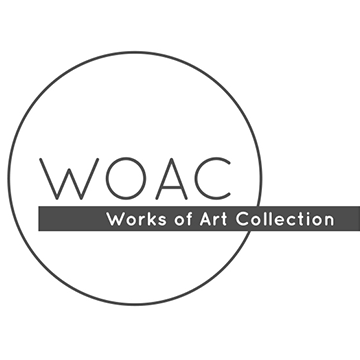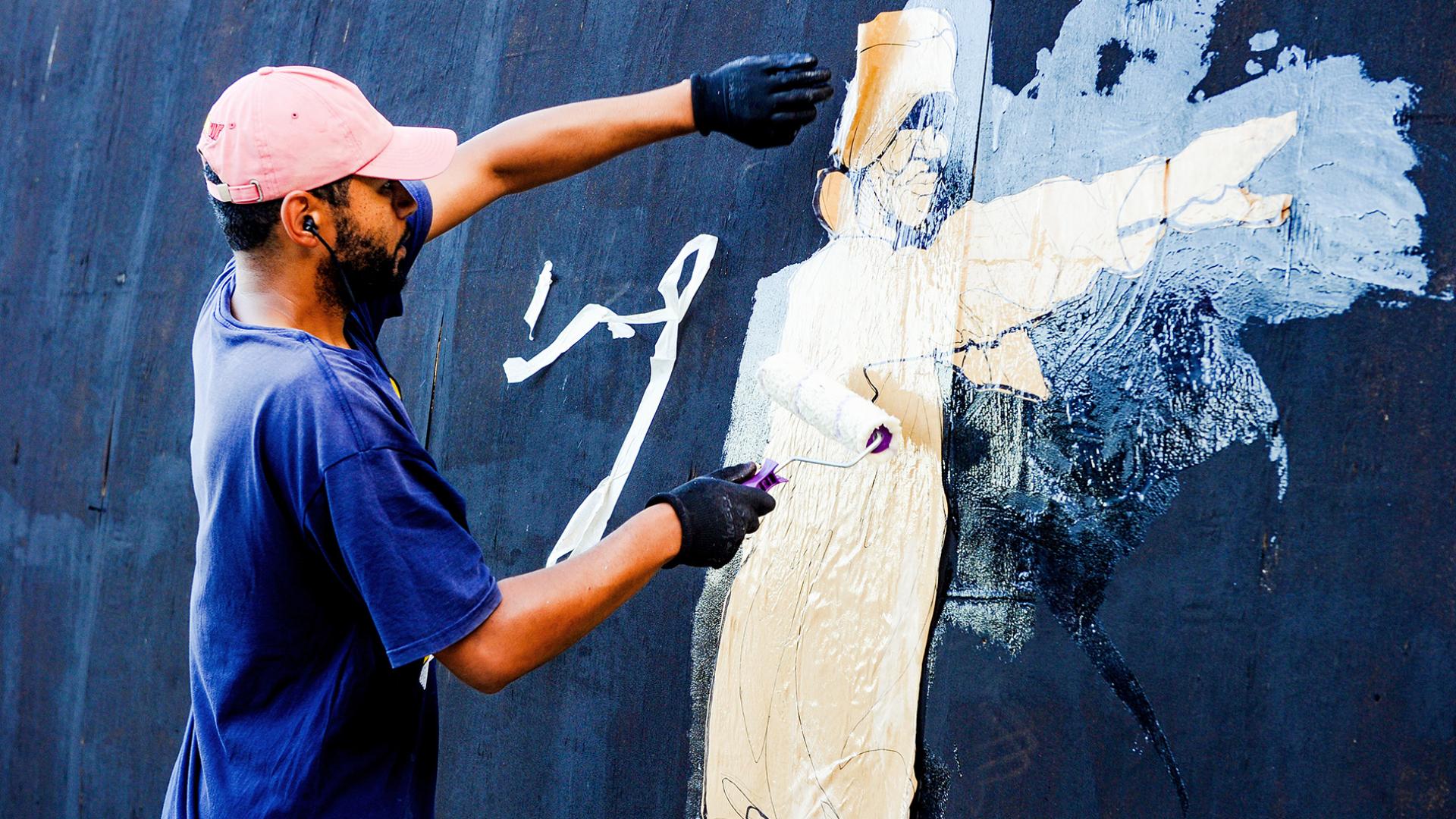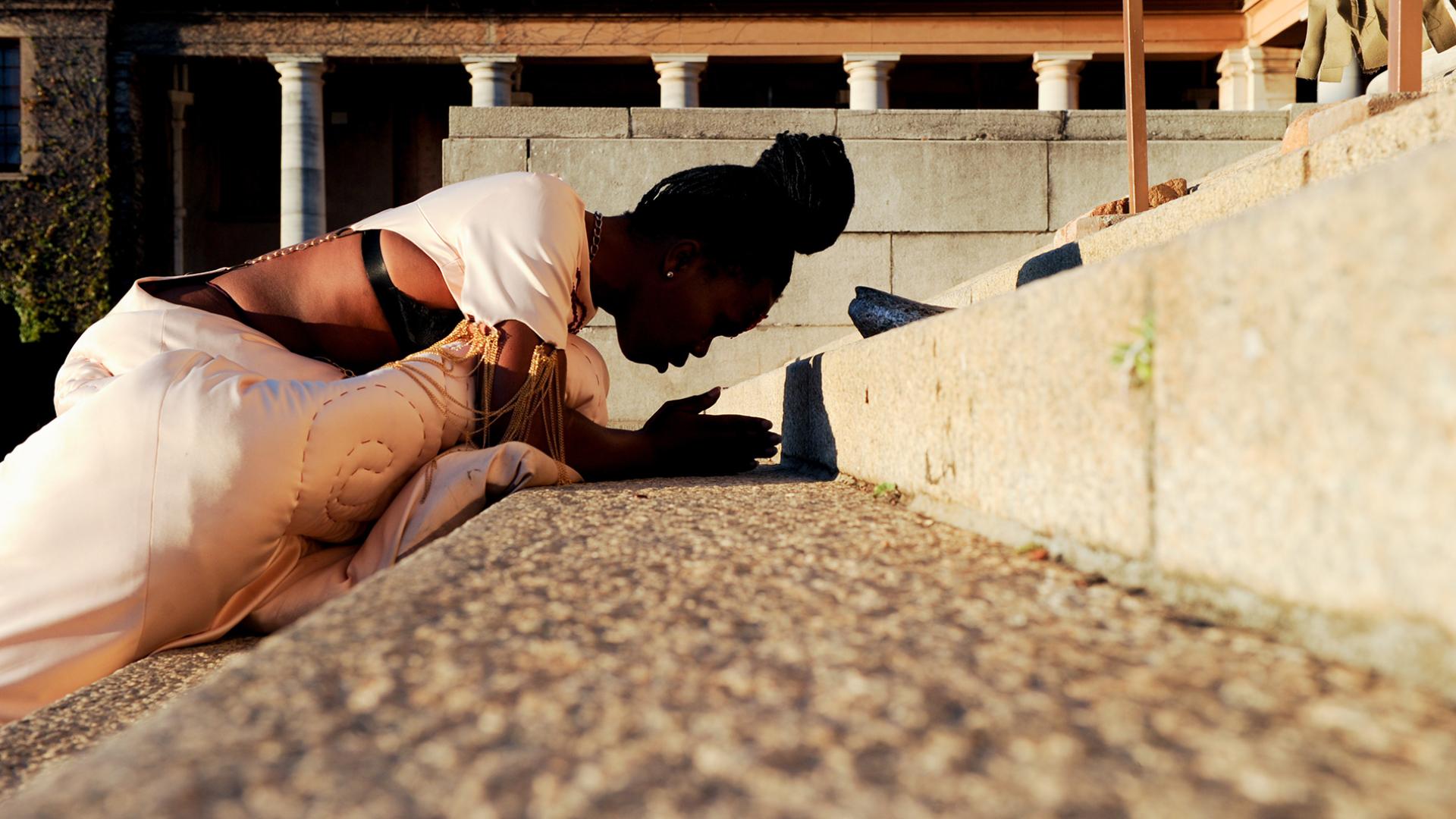… in our time, as in every time, the impossible is the least that one can demand.
- James Baldwin[1]
The Works of Art Committee is pleased to welcome four new live art commissions to the university art collection. A set of provocations, The Fire This Time invites us to think anew, to feel, to see, and to hear the affective resonance of the Sarah Baartman precinct at UCT. This, we believe, is a prompt towards placemaking and being responsive to the affective resonance and shared experiences in the precinct.
We are fortunate to have worked with the artists Qondiswa James, Grant Jurius, Lukhanyiso Skosana as well as the collaboration of Lesiba Mabitsela and Lorin Sookool.
Text: Nomusa Makhubu
Documentation: Lerato Maduna (photography), Daniel Rutland Manners (videography)
Qondiswa James
Sarah Baartman precinct
7 February 2022
The Fire This Time in context
Conceived by the writer-researcher and curator Pamella Dlungwana, the title evokes the many fires (material and metaphorical) that continue to shape the Sarah Baartman precinct and the university. Drawing from James Baldwin’s 1963 book The Fire Next Time – a book that illuminates the tragedies of racial injustice and was published at the height of the Civil Rights Movement, The Fire This Time reflects on sparks in the university’s ongoing aspiration for transformation. The two-essay book, originally penned by Baldwin as a letter to his nephew, is “a plea to understand the necessity of being loved and giving love while facing racial inequality in a loveless world.”[2] Baldwin points out that “love takes off the masks that we fear we cannot live without.” The word “love” is used “not merely in the personal [or private] sense but as a state of being, or a state of grace […] in the tough and universal sense of quest and daring and growth.”[2]
This significance of a social and collective love ethic is also later emphasised by the eminent feminist scholar bell hooks, who points out that
[t]he absence of a sustained focus on love in progressive circles arises from a collective failure to acknowledge the needs of the spirit and an overdetermined emphasis on material concerns. Without love, our efforts to liberate ourselves and our world community from oppression and exploitation are doomed. As long as we refuse to address fully the place of love in struggles for liberation, we will not be able to create a culture of conversion where there is a mass turning away from an ethic of domination.[3]
Taking its cue from this message, The Fire This Time is a search for an emancipatory, decommodified people-centred approach to re-shaping an equitable, aware, justice-led, and enlivened public campus.
The Sarah Baartman precinct is potentially the heart and soul of the University of Cape Town (UCT) campus. It is a site where many narratives, many paths, converge and intersect. The often hidden histories and events at the precinct have had a far-reaching impact on how the site is experienced today: the ‘Mafeje Affair’ protest that took place on the 7th of August in 1968, where students demonstrated against the discriminatory rescission of Archie Mafeje’s appointment at UCT, protests leading to the momentous removal of the Cecil John Rhodes statue, the 2016 Shackville protests in response to student housing, and the debates facilitated by WOAC regarding the Sarah Baartman sculpture by the artist Willie Bester which had been installed in the library. Within this vicinity, the Jagger Library, “home to the African Studies collection,” was ravaged by fire in 2021. It is also in this precinct that the pursuit of knowledge is officially symbolised by the conferral of degrees.
The artists we worked with selected various sites in the precinct and beyond. Qondiswa James’ intervention is a pilgrimage from Rhodes Memorial via the Constantia gate, Upper Campus Southern Pedestrian Entrance and Library Road to Sarah Baartman Hall, across Jameson Plaza, across Residence Road to the Cecil John Rhodes plinth on Madiba Circle. Grant Jurius explores not only the fires on campus but also “the role that fire has played in relation to Cape Town. From its ability to destroy impoverished, marginalised communities to its purifying properties and ability to cleanse.” Jurius also includes a sonic work. Lukhanyiso Skosana pays homage to Sarah Baartman, Zainunnisa ‘Cissie’ Gool, Simon Tseko Nkoli, Kewpie, Eudy Simelane and other prolific womxn, femme, black, queer bodies throughout our South African history. Lesiba Mabitsela and Lorin Sookool’s durational site-specific performance, titled House House, addresses generational trauma in relation to Sarah Baartman. They ask: “Can the games we played as children possibly illustrate, declutter and cleanse the trauma left behind in the shadows?” Mabitsela and Sookool “explore various forms of performing adulthood, of problem-solving, and of intimacy through ‘Playing House.’”
These commissions will be the first to establish a base for new live artworks in the UCT collection.
1: Baldwin, J. (1966).The Fire Next Time (1993 Reprint). New York: Vintage International, pp. 104
2: James Baldwin’s ‘The Fire Next Time’ is a guide for the Black Lives Matter movement, Paisano
3: hooks, b. (1994). Outlaw culture: Resisting representations. New York: Routledge, pp. 243






































